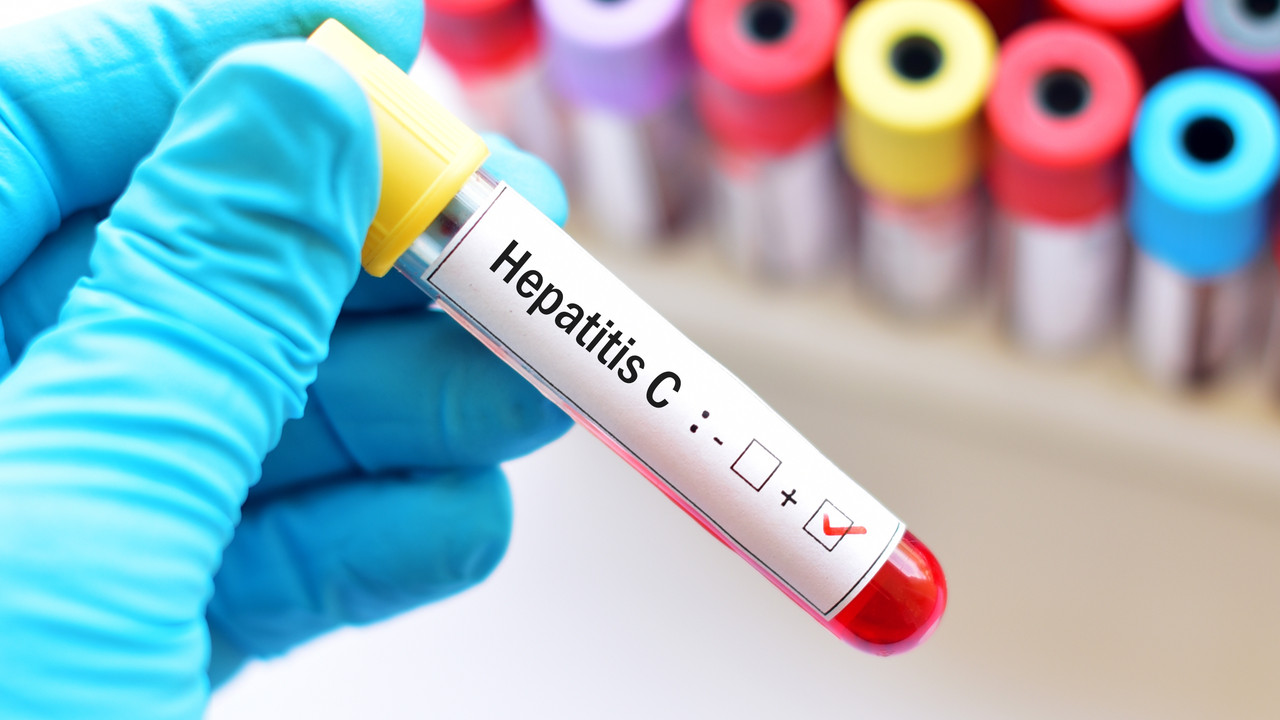Alright folks, here's a juicy one for you - Genotype 3 Chronic Hepatitis C and Pregnancy. Sounds like a riveting thriller, doesn't it? In essence, this is about the intersection of two super important life experiences, so buckle up! This specific type of Hep C can have some pretty unique effects during pregnancy. It's like that one relative who always causes a scene at family gatherings, but in this case, it's your own body stealing the show. So, stay tuned for an enlightening ride on the Hep C rollercoaster - it's going to be a thrilling, bumpy, and enlightening journey!
Genotype 3 – What You Need to Know
If a doctor told you you have "genotype 3," you might wonder why that matters. In simple terms, genotype 3 is one of several genetic variations of the hepatitis C virus (HCV). Each genotype behaves a bit differently—some are harder to treat, some cause faster liver damage. Knowing your genotype helps doctors pick the right medicines and set realistic expectations.
Why Genotype 3 Matters
Genotype 3 is notorious for causing more rapid fat buildup in the liver (steatosis) compared to other types. That means you could see signs of liver trouble sooner, even if you feel fine. It also responds differently to antiviral drugs; older treatments like interferon were less effective. Today’s direct‑acting antivirals (DAAs) have changed the game, but some combos still work better for genotype 3 than others.
Top Treatment Options
The most popular DAA regimens for genotype 3 are sofosbuvir/velpatasvir (Epclusa) and glecaprevir/pibrentasvir (Mavyret). Both offer cure rates above 95 % when taken for 8‑12 weeks, and they’re generally well tolerated. Your doctor might add ribavirin if you have cirrhosis or a previous treatment failure. Always ask about possible side effects—fatigue, headache, and mild nausea are common, but serious issues are rare.
Before starting therapy, you’ll need a simple blood test to confirm the genotype and check liver function. Some clinics also use a FibroScan to measure scar tissue. The results guide the length of treatment: non‑cirrhotic patients often finish in 8 weeks, while those with advanced liver disease may need 12.
While medication does most of the heavy lifting, lifestyle tweaks boost success. Limit alcohol, maintain a balanced diet, and stay active to reduce liver stress. If you’re overweight, losing even 5‑10 % of body weight can improve outcomes, especially for genotype 3’s tendency toward fat accumulation.
What about cost? Generic versions of the DAAs are becoming more available, and many insurance plans cover most of the expense. If you’re uninsured, look into patient assistance programs offered by drug manufacturers—they often provide free or discounted courses.
After finishing treatment, a follow‑up blood test (called SVR12) confirms whether the virus is gone. A negative result means you’re cured and can focus on long‑term liver health. Keep monitoring your liver enzymes yearly, especially if you had cirrhosis before treatment.
Bottom line: genotype 3 isn’t a death sentence, but it does need a tailored approach. With the right meds, simple lifestyle changes, and regular check‑ups, most people achieve a cure and can enjoy healthier lives.

